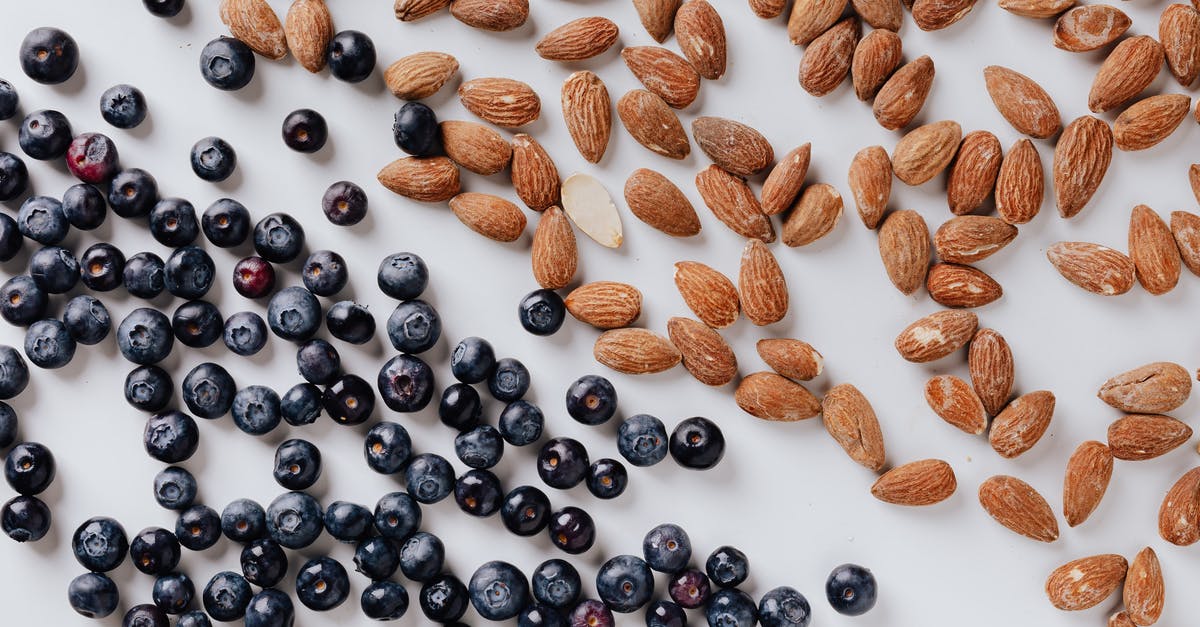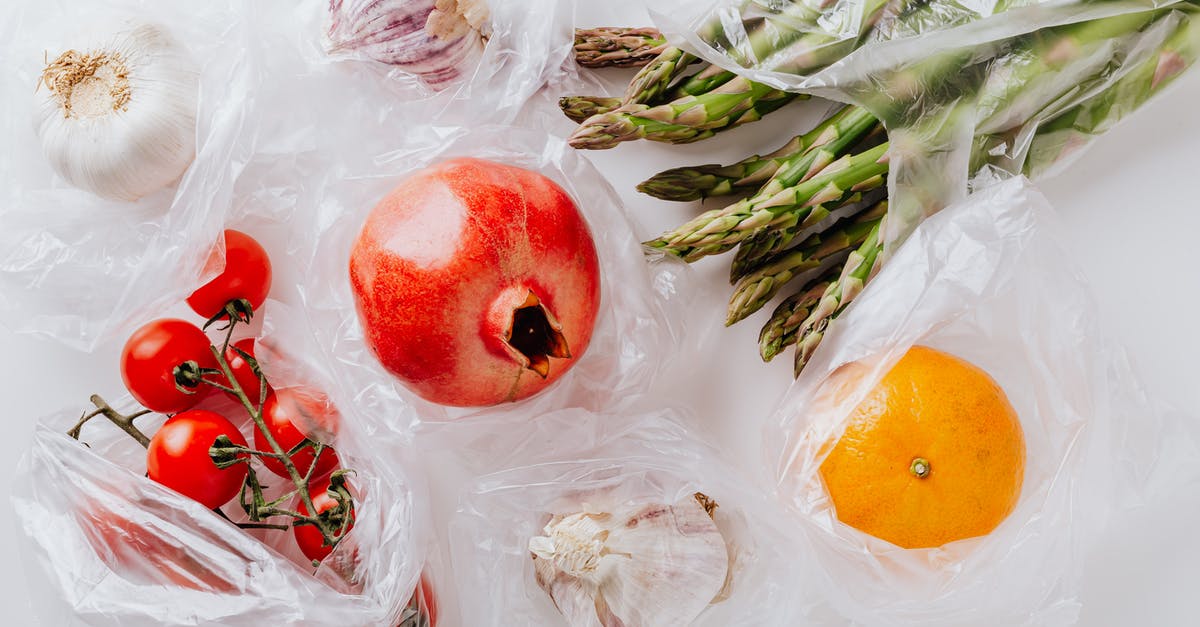How are commercial protein bars made so dense?

I am trying to make protein bars at home from protein powder and natural sweeteners. I have basically all the ingredients mentioned on the pack, but mine come out much softer, whether or not I cook them. How are they made so dense? Are they processed under pressure perhaps?
Best Answer
Yes, they would be processed under pressure. What I'm not seeing in your ingredient list are any thickeners or binding agents, which definitely works against creating density in the final product.
Now, I've never made protein bars (because I'm a fat kid and don't eat them (not that I'm actually fat)), but I have made granola bars, and in granola you use a combination of molasses and butter (or butter, honey and brown sugar, in some recipes) to hold it all together and create that density. Not the nutritional effect you're looking for, but in terms of physics, the same idea.
As far as the ingredients you don't have, both are readily obtainable. Soy lecithin, or any kind of lecithin, is an emulsifier, which basically means that it assists in mixing ingredients of differing types. Most commonly, that means mixing an ingredient that is water-based with one that is oil-based (mayonnaise and pretty much any baked good other than yeast breads are all good examples of this - the lecithin in the egg yolks is what holds everything together). Not sure what your grocers are like, but I could buy soy lecithin from the baking aisle at mine. Bob's Red Mill manufactures bags of the stuff.
As for polydextrose, it's an "artificial sweetener" made from natural sugars (dextrose), sorbitol (a low-GI sugar alcohol that can either be made by reducing glucose or found in peaches, pears, apples, etc.), and a little citric acid. Note that it's considered artificial because the substance is man-made, not necessarily any of the component parts. What it does is help hold everything together, because it's also used as a thickening and hardening agent (which is ironic, because it's also used as a humectant, which means it keeps things moist). In other words, without this one ingredient, not only is your recipe not going to be able to hold any kind of density without something to replace it, but it's also likely to taste like flavored cardboard. The good news is that you can buy it on Amazon.
My honest advice would be to obtain the missing ingredients - the polydextrose at the very least - and use something heavy - perhaps a tortilla or burger press with a couple weights on top? - to press the mash before you cook it (and yes, you should cook it, I think for 10-15 minutes? Play with that.). Then refrigerate it all for a couple hours to harden it, then cut.
If all else fails, give up, and make granola bars with lots of nuts for protein. :-) In any case, here's a link to a pretty good explanation of how to make granola bars. I know, I know, not what you want to come up with, but I would imagine the process should be roughly similar.
Pictures about "How are commercial protein bars made so dense?"



How do you solidify protein?
As the meat is heated, the proteins coagulate and shrink. The heat causes the muscles fibres to lose water, solidifying them. If the meat is cooked for too long the meat can become chewy. Coagulation is irreversible, the proteins cannot be turned back into their liquid form.How are protein bars made?
Quest Nutrition is pretty transparent about what ingredients they include in their products, and clearly state on their website that they use both cellulose and xanthan gums. These gums act like a binding and thickening agent in Quest bars, which adds to their chewy texture.Why are protein bars so chewy?
The grams of fiber to look out for depends on your needs from the protein bar! A bar with more grams of fiber will keep you satiated and feeling full longer. The more grams of fiber in a bar, the longer it takes to digest! On the other hand, the fewer grams of fiber a bar has, the quicker your body can digest it.How Protein Bars Are Made
More answers regarding how are commercial protein bars made so dense?
Answer 2
They are very likely extruded under considerable pressure. A sausage stuffer or extrusion (not rolling) type pasta-maker (both being things that go on a meat-grinder-like screw feeder) is probably as close as home-scale equipment comes, and it's likely not close enough in terms of pressure levels. But I can't think of any common home kitchen item that's likely to be any better than one of those.
You could also try drying/dehydrating after forming and cooking - but I say that as a person with a dehydrator (full of apples at the moment.) You may be able to cobble up something with an oven to dry, but a dehydrator does make it an easier thing to get done effectively (though the old standing pilot gas oven did a fine job - but so few folks have one of those these days.) Some, but not all, electric ovens have a "warm" setting/range that actually is low enough to be useful for this.
If going for a "Not trying to replicate the commercial product you've been buying" approach seitan might be an interesting approach/binder/ingredient if you don't have celiac disease and are not a "trendily avoiding gluten without any good reason" person. It's sho 'nuff protein, and you could mix your powders into it. Then again, you could skip buying the soy protein and try mixing the other stuff into home-made tofu, as you were making it.
Sources: Stack Exchange - This article follows the attribution requirements of Stack Exchange and is licensed under CC BY-SA 3.0.
Images: Karolina Grabowska, Karolina Grabowska, Nextvoyage, Karolina Grabowska
